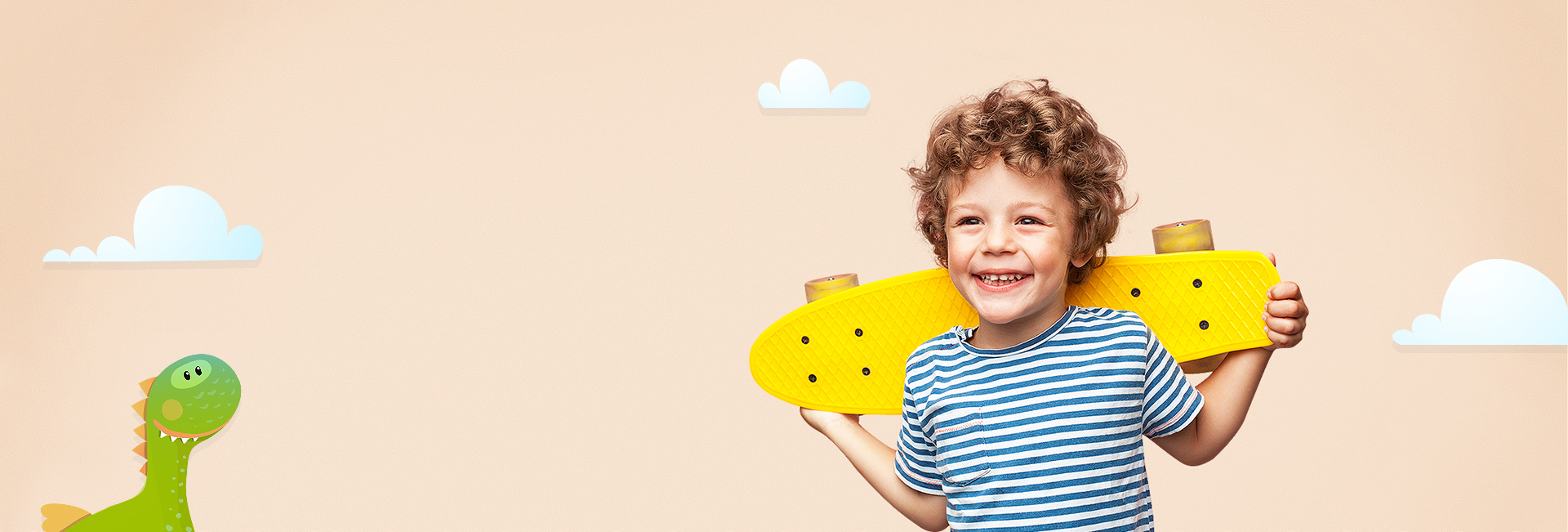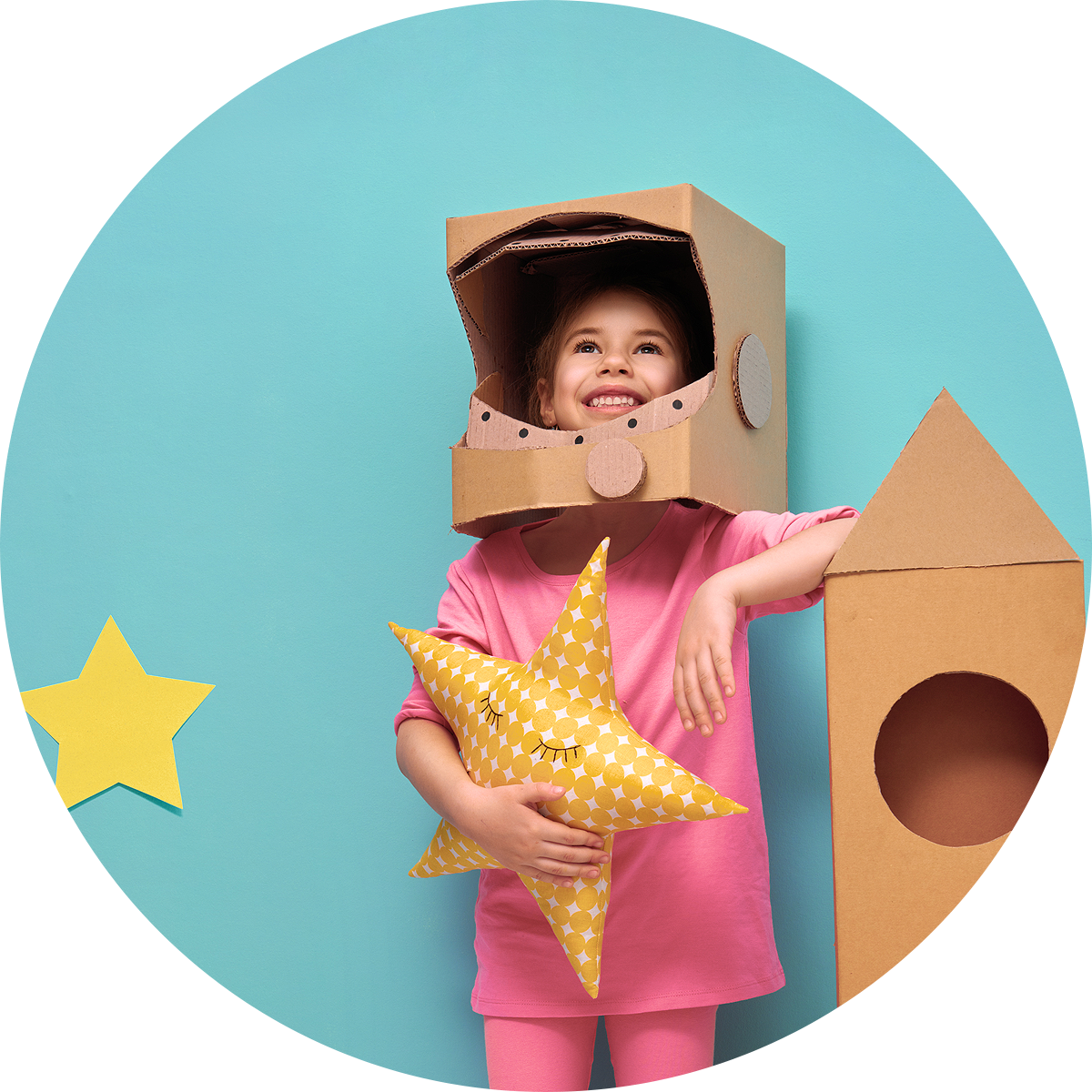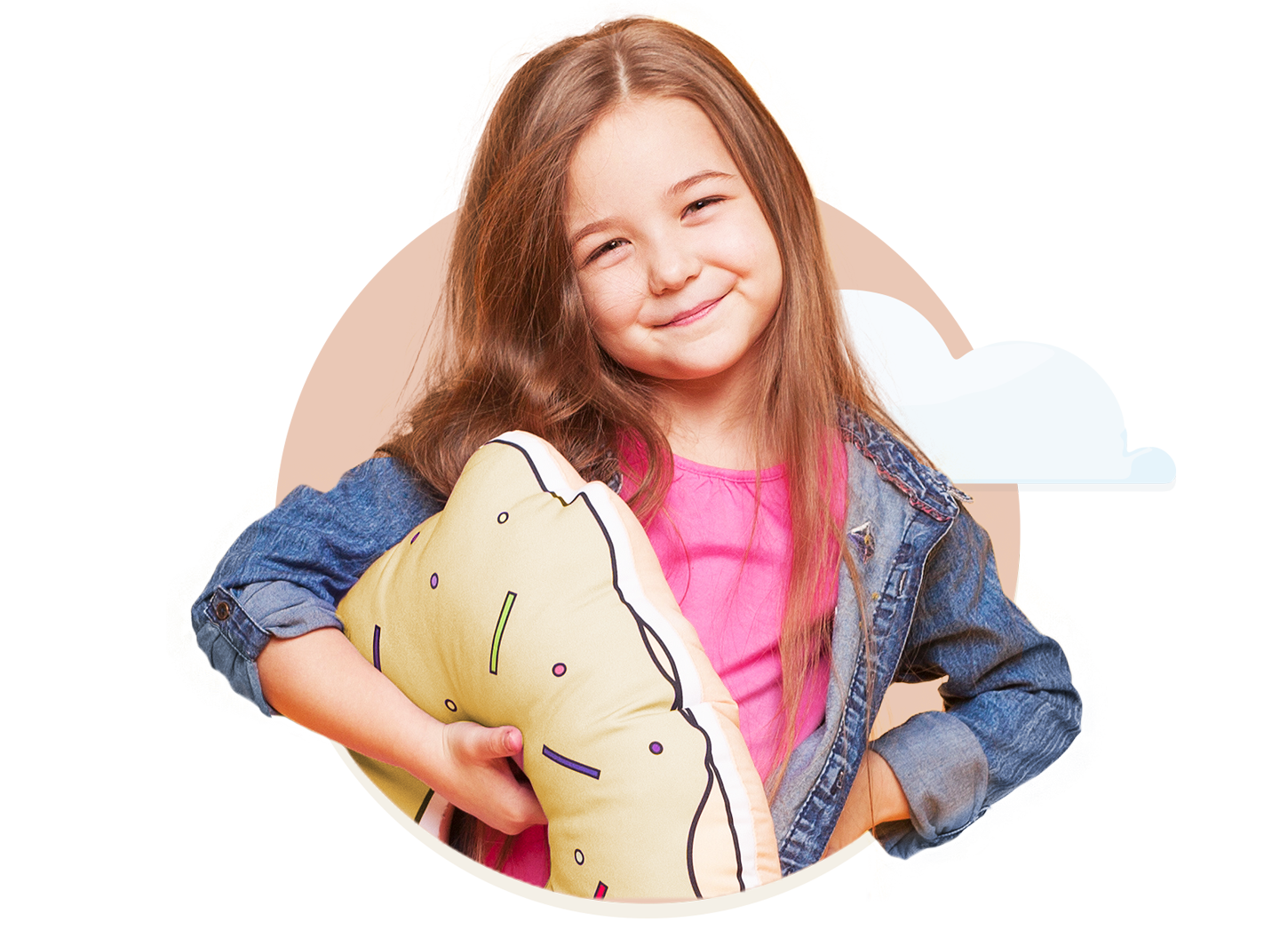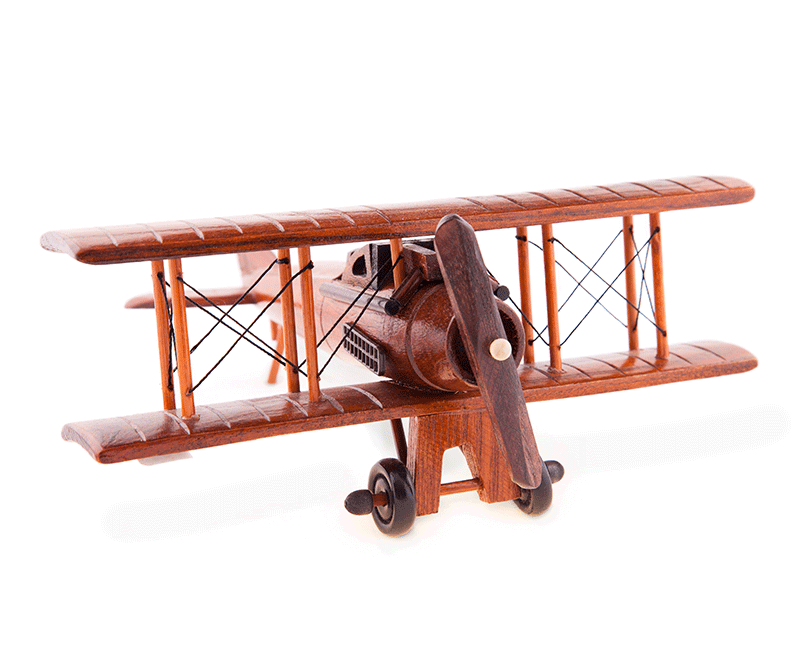THE FIRST FREE MUSIC SCHOOL
111 MUSIC®

The six pillars of our school
It's Sunday evening and I'm looking forward to going back to my favourite school tomorrow, where I'll be able to create my own compositions in the free way that I enjoy...

About the school
A happy child = a happy and harmonious family. Our goal is not to win competitions or compare results. At our school, everyone is fully respected and supported to the fullest in their completely unique creation. We are a safe and welcoming space where children can discover and use their musical potential, creativity, and free thinking in the presence of a professionally trained teacher.
Bringing your mom, dad, grandma, grandpa or sibling to your class is absolutely welcome. After all, these are the closest people the child has around him/her and who can also be involved in his/her music later on. We do not use grades or rehearsals, as the purpose of this free school is quite different, namely to teach children to play a musical instrument in a free and creative way, introducing them to the basics of music theory in the Music Syllabary, which can enrich their future musical creations. But above all, to enable them to become authors of their own compositions through their own development and connection with nature. In this way they can bring joy not only to themselves, their family, but later to the wider community. In these hectic and hectic times, we don't want to stress the children even more than we do on a daily basis, and so our evaluation, for example, which is purely verbal, corresponds to this philosophy. Furthermore, there are no progression tests in our school, as each teacher knows every aspect of their pupil, including their talents as well as their weaknesses.


The fear that something will go wrong and someone will be angry with me is completely gone, as it has no place here. In this school, the children know very well that if they make a mistake or get something wrong, no one will be angry with them. They have a natural desire and drive to perform with their classmates in joint concerts as they present their own world, feelings, emotions and moods. Come join us for a peek under the hood of our welcoming and safe space where we help children enter the world of music and imagination.

The professional board from the Czech Republic, which created the methodological guide for educators:
The methodological manual was developed and consulted by a three-member expert panel. The first member of this committee was a university teacher, clarinetist, composer, former rector and dean of the Music Faculty of the Academy of Performing Arts in Prague, Prof. Mgr. Jiří Hlaváč.
The second member was a graduate of the Music Faculty of the Academy of Performing Arts in Prague, a teacher of the František Kmoch Primary School of Arts in Kolín and the first clarinettist of the State Opera Theatre Orchestra in Prague Mgr. Jaromír Valášek. Expert pedagogical and musical experience of these two members of the College amounts to more than 35 years.
The third member is the protagonist of the pilot project of free music education for children, the author of the 111 Music® method and a teacher with 11 years of experience at the František Kmoch Primary Art School in Kolín, Jan Valášek, DiS. Jan Valášek is graduated from the Prague Conservatory in the class of clarinetist Prof. Milan Polák and also completed 5 semesters at the Music Faculty of the Academy of Performing Arts in Prague in the class of Prof. Vlastimil Mareš and Prof. Jiří Hlaváč, which he could not finish due to health reasons (tendonitis). The aim of this college was to create a comprehensive view of the issue of free music education for children, which will make it easier for future teachers to implement this idea, and consequently an innovative approach to teaching children, as there is no such comprehensive free system in the Czech Republic.

Rediscovering the original Czech musical tradition in connection with nature
Gentle and non-violent guidance by the teacher is the essence of a properly conducted 111 MUSIC® lesson. We never know the exact course and outcome of a lesson in advance. What matters is that the child leaves with some new knowledge that he/she is able to accept and master, and that he/she leaves in a relaxed mood and with enthusiasm for the next lesson. Teaching is always individual without boundaries and fixed limits in requirements. Through this free approach and the subsequent musical realisation of his/her own imagination, the child has the opportunity to combine music, imagination and, consequently, his/her own feelings, emotions and moods with his/her ability and skill. He or she composes his or her own musical motifs with the correction and help of his or her teacher and can then develop them in other ways than musically, for example by creating simple lyrics for his or her own compositions, by painting his or her own pictures, or by using the creative techniques of Musical Mind Maps, etc. The main idea of this method is based on the ancient principle that music heals the soul. Music must not be stressful. Nowadays this essential, as it were healing ability of music is somewhat forgotten. The aim of this method is to restore in each pupil the desired feeling relationship to music, which can then influence one's moods, psychological state of mind and, consequently, one's own relationships with the environment and, in general, improve one's mood, balance and attitude to life.






